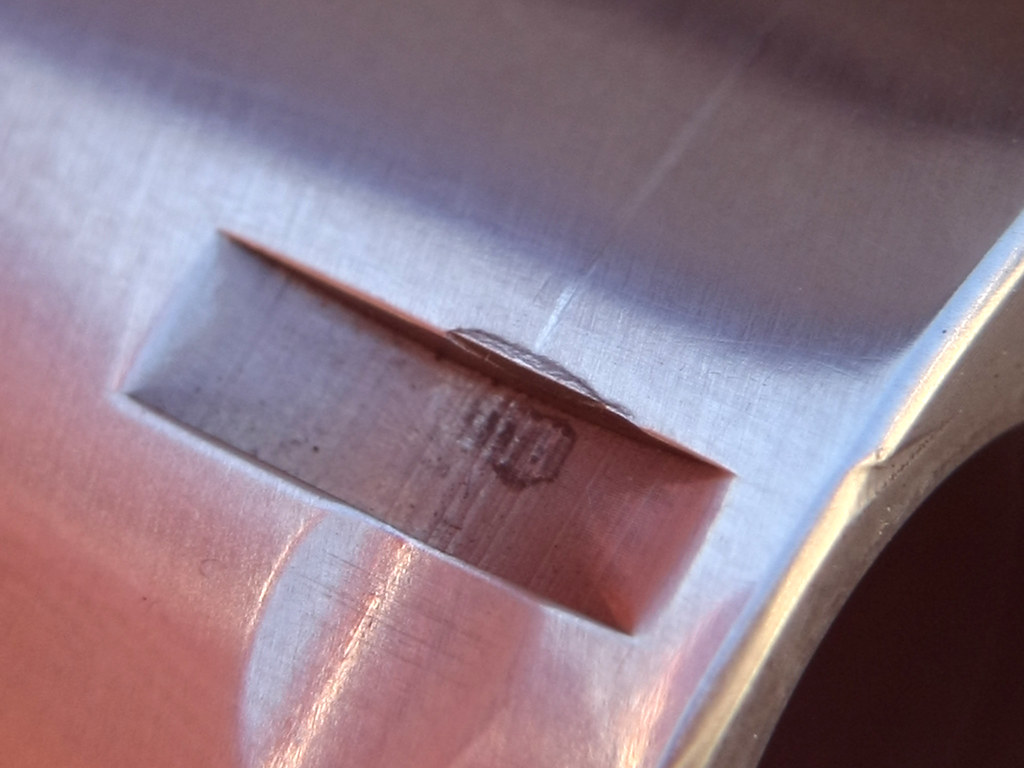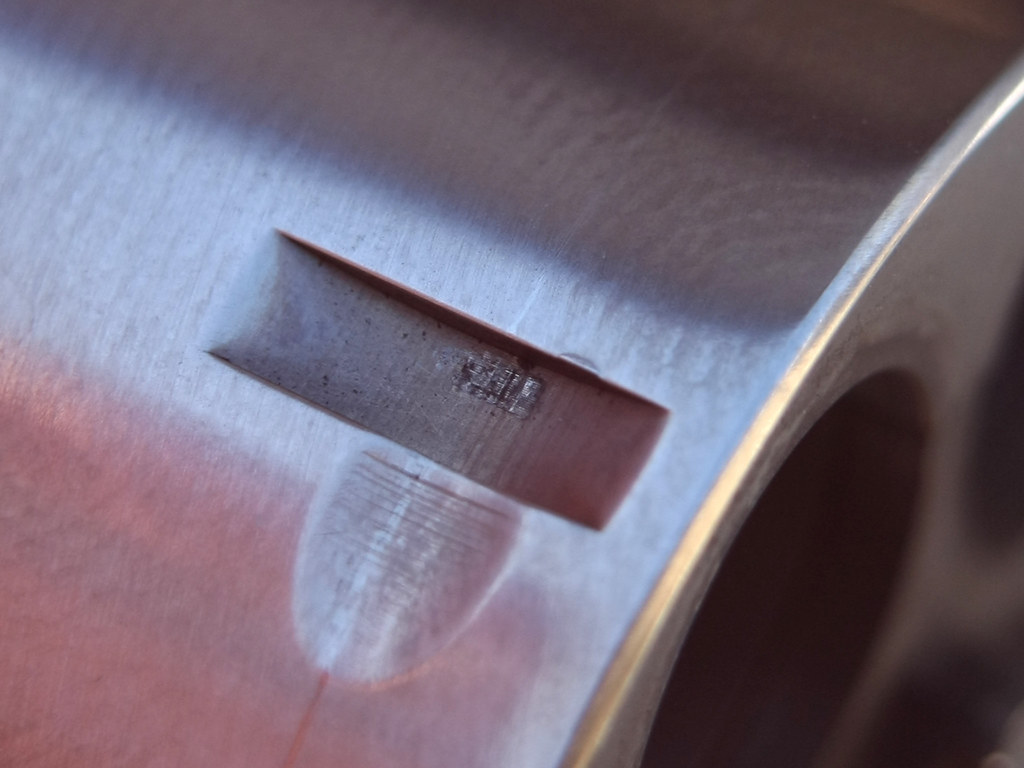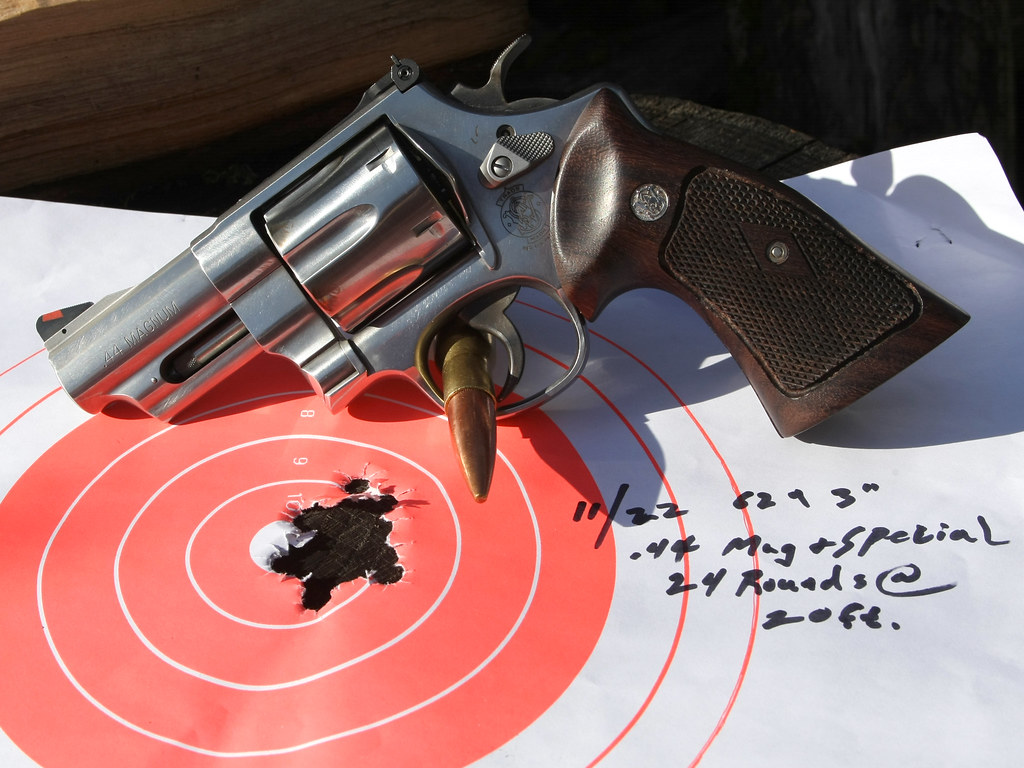peppercorn
Well-known member
This report comes as a mixed bag with both the positive and the negative. So lets start with the positive.
My new 629 3'' shoots better than I would have ever bet on, guessed or imagined it would. I shot a total of 90 rounds this past Tuesday, the first 25 or so fired from a bench rest while I adjusted the sights for windage. Once it was sighted in I went to work seeing just how well I could shoot this flame throwing beast. One of my targets is pictured below.
On the negative side of the equation is the damage to the cylinder I noticed once I was home and was getting ready to clean it.
I fired a total of 50 rounds of Magnum ammo and 40 rounds of special. All ammo was factory.
Does anyone else have this type of galling on the cylinder of their .44 mags?
Do I just keep shooting it, send it back to S&W or...?
I have a Model 29-2 that shows no sign of this at all.
Thanks for any and all input.

All six showed galling, this one was the worst.





Not to leave on a negative note I saved the positive for the last.
My new 629 3'' shoots better than I would have ever bet on, guessed or imagined it would. I shot a total of 90 rounds this past Tuesday, the first 25 or so fired from a bench rest while I adjusted the sights for windage. Once it was sighted in I went to work seeing just how well I could shoot this flame throwing beast. One of my targets is pictured below.
On the negative side of the equation is the damage to the cylinder I noticed once I was home and was getting ready to clean it.
I fired a total of 50 rounds of Magnum ammo and 40 rounds of special. All ammo was factory.
Does anyone else have this type of galling on the cylinder of their .44 mags?
Do I just keep shooting it, send it back to S&W or...?
I have a Model 29-2 that shows no sign of this at all.
Thanks for any and all input.

All six showed galling, this one was the worst.





Not to leave on a negative note I saved the positive for the last.
Last edited:
